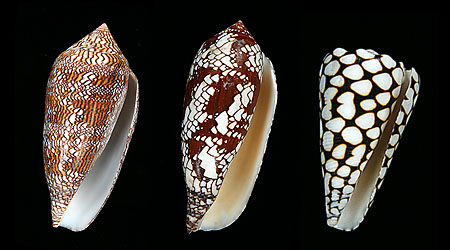Team:ETH Zurich/project/overview/emergencesimple
From 2014.igem.org
m (→Emergence, Complexity and Simplicity) |
m (→"The whole is more than the sum of its parts" Aristotle) |
||
| Line 4: | Line 4: | ||
When one considers an object, it is always made of sub-parts. For example, a human is made of cells. A table is made of molecules. Each sub-part has some properties. Nonetheless, the object has other properties. These global properties can, more or less directly, be linked to the sub-part properties. This is called Emergence. Another way to see it is that an object is more than only the juxtaposition of sub-parts. For instance, interactions between sub-parts have a huge influence on the property of the system. | When one considers an object, it is always made of sub-parts. For example, a human is made of cells. A table is made of molecules. Each sub-part has some properties. Nonetheless, the object has other properties. These global properties can, more or less directly, be linked to the sub-part properties. This is called Emergence. Another way to see it is that an object is more than only the juxtaposition of sub-parts. For instance, interactions between sub-parts have a huge influence on the property of the system. | ||
| - | + | <br/> | |
| + | <br/> | ||
Water is made of H<sub>2</sub>0 molecules. Water can be hot or cold. The temperature is a property of water. However, a H<sub>2</sub>O molecule has no temperature. It is not one of its property. Only a set of molecules can have a temperature. | Water is made of H<sub>2</sub>0 molecules. Water can be hot or cold. The temperature is a property of water. However, a H<sub>2</sub>O molecule has no temperature. It is not one of its property. Only a set of molecules can have a temperature. | ||
| - | + | <br/> | |
| + | <br/> | ||
In nature, emergence is a common phenomenon. For instance, those sea snails have a colorful shell. Those colors are not completely ordered. We would detect a repetitive motif on the shells. Those colors are not randomly put on the shells. We can recognize some geometrical forms. This mixture of randomness and order is a characteristic called complexity. As complexity is a buzz word in science, we chose to investigate it more in our [https://2014.igem.org/Team:ETH_Zurich/human/overview Human Practice section] and throughout our project. | In nature, emergence is a common phenomenon. For instance, those sea snails have a colorful shell. Those colors are not completely ordered. We would detect a repetitive motif on the shells. Those colors are not randomly put on the shells. We can recognize some geometrical forms. This mixture of randomness and order is a characteristic called complexity. As complexity is a buzz word in science, we chose to investigate it more in our [https://2014.igem.org/Team:ETH_Zurich/human/overview Human Practice section] and throughout our project. | ||
| - | + | <br/> | |
| + | <br/> | ||
[[File:ETHZurich_TextileCone.jpg|500px|center|thumb|Three different sorts of sea snails from a [http://home.comcast.net/~edwelda/site/?/page/Seashells/ private collection]]] | [[File:ETHZurich_TextileCone.jpg|500px|center|thumb|Three different sorts of sea snails from a [http://home.comcast.net/~edwelda/site/?/page/Seashells/ private collection]]] | ||
Revision as of 08:58, 13 October 2014
Emergence, Complexity and Simplicity
"The whole is more than the sum of its parts" Aristotle
When one considers an object, it is always made of sub-parts. For example, a human is made of cells. A table is made of molecules. Each sub-part has some properties. Nonetheless, the object has other properties. These global properties can, more or less directly, be linked to the sub-part properties. This is called Emergence. Another way to see it is that an object is more than only the juxtaposition of sub-parts. For instance, interactions between sub-parts have a huge influence on the property of the system.
Water is made of H20 molecules. Water can be hot or cold. The temperature is a property of water. However, a H2O molecule has no temperature. It is not one of its property. Only a set of molecules can have a temperature.
In nature, emergence is a common phenomenon. For instance, those sea snails have a colorful shell. Those colors are not completely ordered. We would detect a repetitive motif on the shells. Those colors are not randomly put on the shells. We can recognize some geometrical forms. This mixture of randomness and order is a characteristic called complexity. As complexity is a buzz word in science, we chose to investigate it more in our Human Practice section and throughout our project.
 "
"
